Specifications
| book-author | IIan Chabay, Martin Frick, Jennifer Heigeson |
|---|---|
| publisher | Academic Press; 1st edition |
| file-type | |
| pages | 547 pages |
| language | English |
| asin | B016MFCITM |
| isbn10 | 128012315 |
| isbn13 | 9780128012314 |
Book Description
Land Restoration: Reclaiming Landscapes for a Sustainable Future (PDF) provides a holistic overview of land degradation and restoration in that it addresses the issue of land restoration from the scientific and practical development points of view. Furthermore; the breadth of chapter topics and contributors cover the topic and a wealth of connected issues; such as development; security; and environmental issues. The use of graphics and extensive references to case studies also make the work accessible and encourage it to be used for reference; but also in active field-work planning.
The Land Restoration: Reclaiming Landscapes for a Sustainable Future ebook brings together practitioners from academia; governments; NGOs; and the United Nations Convention to Combat Desertification (UNCCD) to exchange lessons to enrich the academic understanding of these issues and the solution sets available.
- Provides practical tools for designing and implementing restoration/re-greening processes.
- Includes practical on-the-ground examples garnered from diverse areas; such as the Southeast Asia; Sahel; and the U.S.A.
- Provides accessible information about the science behind land degradation and restoration for those who do not directly engage with the science allowing full access to the issue at hand.
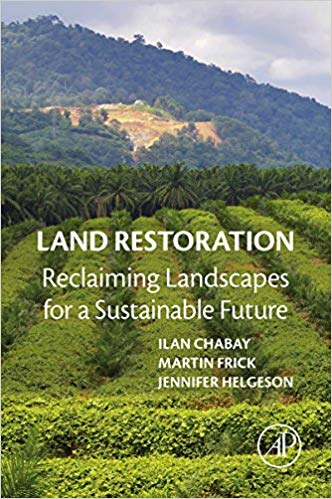
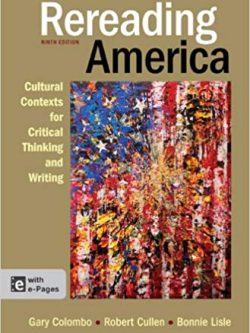
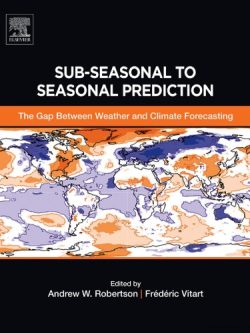
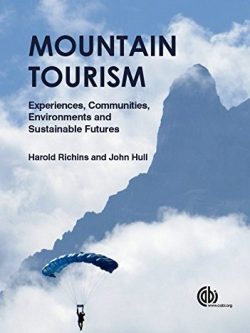
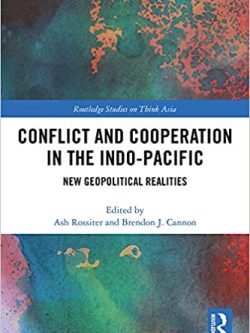







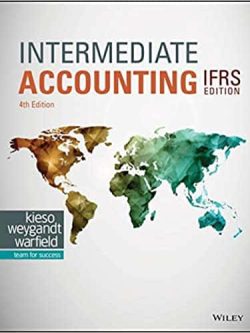
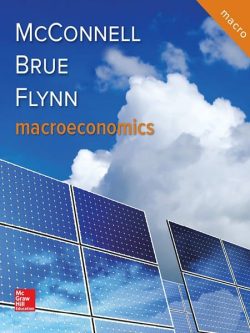
Reviews
There are no reviews yet.